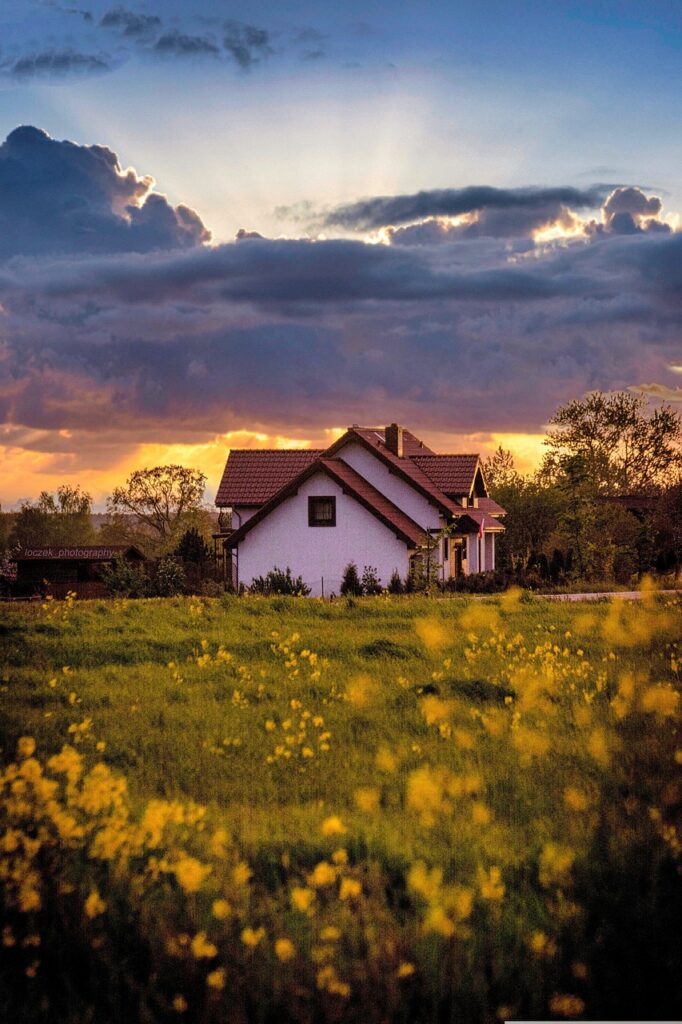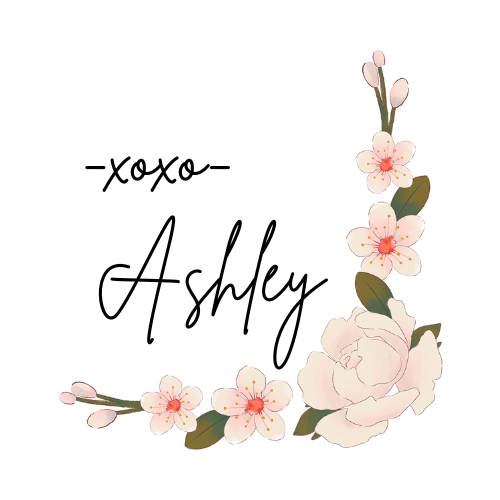Embrace the Slow Approach
Hey friends! Welcome back for another weekly installment of me sharing my truth online. In today’s episode, I’m going to talk about the idea of slow living.
Over the last few years, I, like many of my fellow millennials and gen-Xers, have felt the harsh bite of burnout. During 2020 when the pandemic was in full swing and most people were slowing down at home, baking bread and figuring out how to maneuver through lockdown life and Zoom meetings, I was actually doing more than I ever had before. Professionally, I was working in the medical field (Yikes!) and blissfully naive about the looming darkness that was swiftly chasing me down. I was still trying to be Super Woman and keep everything as normal as possible, even though the circumstances were anything but normal. It all came to a head in 2023 when my body decided it had had enough and it was time to address the issues and make some changes before it was too late.
What Is Slow Living?
The concept of slow-living has been floating around certain collective circles since the later parts of the 20th century. It gained more traction as its antithesis, the ‘hustle-culture movement’ steadily climbed the ranks of social influence.
Slow living is a lifestyle philosophy that encourages a more intentional, mindful, and unhurried approach to daily life. It’s about prioritizing quality over quantity, savoring the present moment, and creating space for what truly matters—whether that’s meaningful relationships, nourishing food, mindful work, or personal well-being.
At its core, slow living is a response to the fast-paced, always-on culture that often leads to stress and burnout. It encourages people to embrace a more sustainable rhythm, focusing on balance, simplicity, and joy.
The concept isn’t to shun society but to create a more authentic and sustainable version of life that aligns with your natural rhythms and creative cycles.
Some key aspects of slow living include:
🌿 Mindfulness – Being fully present in everyday moments
🌿 Simplicity – Decluttering both physical and mental spaces
🌿 Sustainability – Making choices that support long-term well-being for oneself and the planet
🌿 Connection – Prioritizing deep relationships over surface-level interactions
🌿 Intentionality – Aligning life with personal values and purpose
The Slow Food Movement- The Origins of the Slow Living Philosophy.
The concept of slow living started gaining traction in modern society in the late 20th century, particularly as a response to the rapid industrialization and fast-paced consumer culture of the time.
The Slow Movement as we know it today began with the Slow Food movement in Italy during the 1980s. Carlo Petrini, an Italian journalist and activist, founded Slow Food in 1986 as a protest against the opening of a McDonald’s near the Spanish Steps in Rome. His vision was to preserve traditional food culture, encourage sustainable farming, and promote the joy of leisurely, home-cooked meals.
This idea of slowness soon expanded beyond food. In the early 2000s, people started applying the same principles to other areas of life, giving rise to concepts like:
🌿 Slow Travel – Emphasizing immersive experiences over rushed tourism
🏡 Slow Home – Designing homes that support comfort, sustainability, and well-being
🧘♀️ Slow Work – Prioritizing work-life balance and meaningful careers
📖 Slow Media – Consuming news and content more mindfully, rather than doomscrolling
By the 2010s, slow living had become a widely recognized movement, gaining popularity through books, blogs, and social media influencers promoting a more intentional lifestyle. Today, with increasing awareness around mental health, sustainability, and burnout, slow living continues to resonate—especially among elder millennials and Gen Xers looking for alternatives to the “hustle culture” mindset.
The First Steps to a Slower Life
- Generational experience: Navigating burnout from work culture, digital overload, and societal expectations.
- The shift from hustle to harmony—rethinking success and fulfillment.
- Connection to holistic wellness—mental, emotional, and physical well-being.
- Simple, actionable ways to start (e.g., morning rituals, digital detox, mindful meals).
- Encouragement to embrace progress over perfection.
Accept the Invitation to Start Your Journey
The biggest lie “they” tell you is that it’s hard. That is a lie. The truth of the matter is all you have to do to change your situation is decide to change your situation. That’s the secret. Nothing will happen overnight, but fast results usually aren’t sustainable. Like the old fable of the tortoise and hare shows us, slow and steady wins the race.
Slow-living is a personal journey and everyone will have their own map to follow. Take inspiration from others who have decided to follow this lifestyle path, but remember to be authentic to your personal experience. Everyone has different priorities and needs so comparison is the quickest way to failure.
Just remember, you’ve got this. Start with small changes to your everyday life and incorporate new ideas into your established routine.
I’d love to hear your thoughts on slow-living. Have you made the switch yet? Do you have any tips or helpful suggestions for those who are just starting their journey? Share below, I’d love to hear.
Make sure to follow along for future slow-living content. I wish you all the best of luck on your journey!

